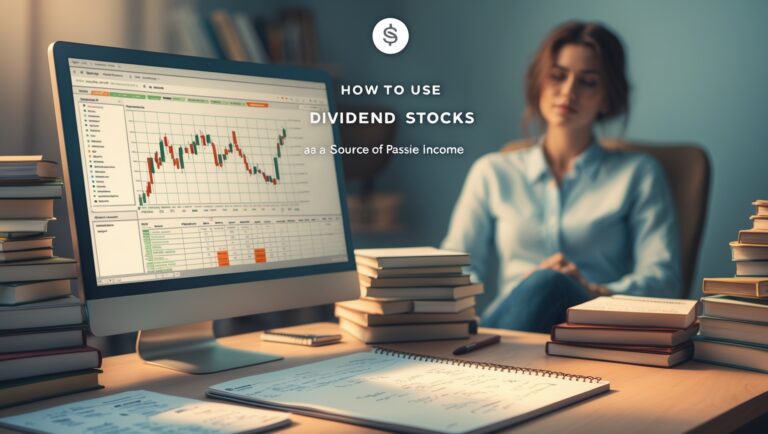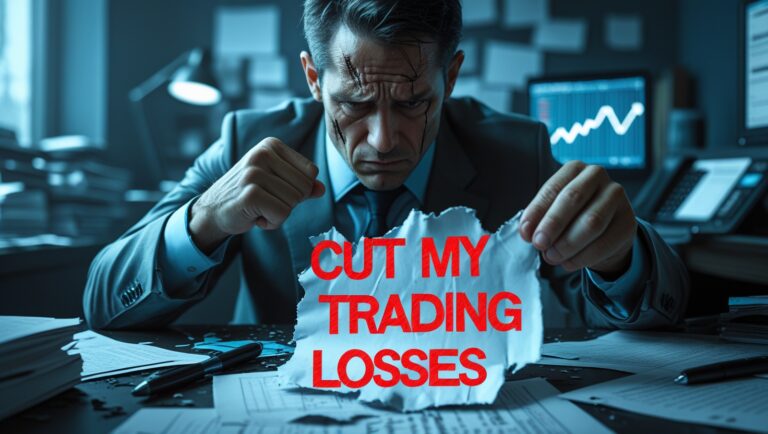What I Look for in a Stock Before Entering a Trade
What I Look for in a Stock Before Entering a Trade
When I first started trading, I used to jump into stocks based on hype, alerts, or just because they were moving. Most of the time, it ended in a loss. Over time, I learned that the key to trading consistently isn’t just picking the right stocks — it’s knowing what to look for before you click buy.
In this post, I’ll break down exactly what I look for in a stock before I enter a trade, how I make my decisions without complicated indicators, and how this checklist has helped me build a simple system to pay my bills with trading.
If you want to go deeper and learn how I built my pre-market watchlist and trade plan,
👉 Get my full ebook here — it’s the same process I use to stay consistent.

Table of Contents
I Start with Volume
The first thing I check is volume. If there’s no volume, there’s no trade. I want to see unusual volume or at least 1 million shares traded pre-market. That tells me something is happening — and people are watching.
Volume is what fuels momentum. Without it, you’re just stuck in a slow-moving chart with no real interest.
I Look for a Catalyst
Next, I ask: Why is this stock moving? A news catalyst gives me a reason to believe the move has legs. That could be earnings, FDA news, a partnership, or even sector momentum.
If there’s no news, I’m cautious. Random spikes without context often fade just as fast as they appear.
I Check the Float
I like low float stocks because they tend to move faster with volume. But I also make sure they’re not being manipulated or pumped. I check the float size and compare it to the volume — if it’s too thin or already extended, I usually skip it.
My goal is to trade stocks that move clean, not stocks that trap you.
I Identify Key Levels
Before entering any trade, I map out the pre-market high, previous day’s levels, and obvious areas of support and resistance. These levels give me targets, entries, and stop zones. I don’t like guessing — I like structure.
I want the trade to make sense technically, even if I’m not using fancy indicators.
I Watch the Price Range
I usually stay away from stocks that are too expensive. I focus on stocks under $30 — they’re easier to scale into and better for small accounts. The price range also affects how the stock moves. I don’t want something too slow or too wild.
The sweet spot is liquidity + volatility, but in control.
I Use the 6-Stock Rule
This is something I talk about in my ebook. Each morning, I narrow my watchlist down to no more than 6 stocks. That keeps me focused. I don’t want to be scattered across 15 tickers and miss the real move.
This habit changed everything for me. Clarity = better trades.
I Ask Myself: Would I Take This 10 Times?
This is a personal filter I use. If I wouldn’t take this setup 10 times in a row and expect it to work at least 6, I skip it. I only want high-probability trades — not random plays.
That simple question saves me from overtrading and helps me stay consistent.
I Have an Exit Plan Before Entering
Before I hit buy, I already know where I’m cutting it and where I want to sell. This keeps me in control and removes emotion. I don’t trade just to trade — I trade to execute a plan.
I Avoid FOMO Moves
If a stock has already run 50% before I even find it, I stay away. I don’t chase green candles. I want to anticipate, not react. I’d rather wait for the next setup than get trapped buying the top.
I Let the Chart Speak
I don’t use indicators like RSI or MACD. I let price action, volume, and structure guide my trades. If it’s clean, I go for it. If it’s messy, I move on.
This clean approach is what I teach in my ebook because most beginners get lost in too many tools. You don’t need them.
Why This Checklist Works
Trading is not about being right — it’s about being consistent. By using this exact checklist, I’ve been able to find quality trades that actually work. I don’t take 20 trades a week. I take a few strong ones. And they help me pay my bills.
If you want a real plan that shows you how to pick your watchlist, when to trade, and what to avoid,
👉 Grab my ebook here
Another thing I watch is how the stock moves intraday. Some stocks move clean and respect levels. Others are choppy, unpredictable, and full of fakeouts. I like to see a history of clean price action — especially around breakouts or trend lines.
I also like to look at the overall market conditions. If SPY or QQQ is choppy or bearish, I tighten up. I might even sit out for the day. Even the best setups can fail if the market is unstable. I always factor in the bigger picture.
Sometimes I’ll see a stock that checks all the boxes — news, volume, setup — but the spread is wide or liquidity is thin. That’s a red flag. I don’t enter unless I can get in and out quickly with tight execution. I want stocks with good volume and clean fills.
I’ve learned to trust my gut over time. If something feels off — if the move feels forced or if I’m unsure — I pass. One of the biggest lessons I learned is that sitting out is a valid trade. Cash is a position. I don’t need to be in just to feel busy.
I avoid overcrowded trades. If everyone on social media is watching the same ticker, I take a step back. I’m not looking for hype — I’m looking for edge. Too much attention often creates traps and unpredictable moves.
Gaps are another signal I watch. If a stock is gapping up with news and volume, that’s a good sign. But I don’t chase it blindly. I want to see if the stock holds the gap, breaks premarket highs, and creates a clear continuation setup.
Another filter I use is relative strength to the market. If the market is red but a stock is holding green and building higher lows, that shows strength. That’s the kind of behavior I like to see — a stock that moves independent of noise.
I also consider sector momentum. If AI stocks are hot, and one has a catalyst, I’m more confident in that trade. Riding the wave of a trending sector can give me extra conviction. It’s something I talk about in my ebook because beginners often overlook it.
A lot of traders make the mistake of only focusing on entries. I think the exit plan is more important. I always define my risk and reward before entering. I ask: is this worth it? If the answer is no — I skip it.
Some days I find zero setups worth trading. And that’s okay. I’d rather protect my account than force a bad trade. Patience and discipline are the real edge. That mindset took me from random wins to consistent income.
One of the biggest improvements I made was tracking the stocks I didn’t trade. I look back and ask: would this have worked? Why did I pass? This helped me sharpen my edge and recognize patterns I used to miss.

Stay ahead in the stock market! Subscribe to our newsletter and receive exclusive stock flow reports, trading insights, and actionable tips directly in your inbox. Join thousands of traders who get our updates first.







